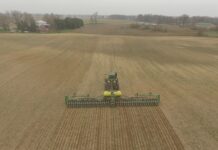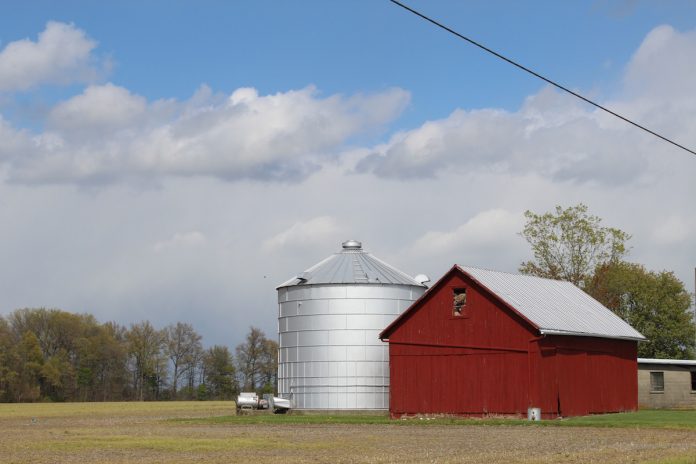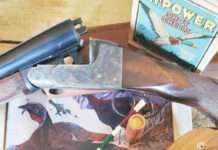Six months ago, we moved from our house on the ranch to a house in town. A lot of my readers were concerned we weren’t ranching anymore.
Our town house actually stands closer to the southeastern edge of our pastures than our ranch house does. Moreover, the town house isn’t really a town house. We are on the far western side of town. Our road is still gravel and regularly sports the hoof prints of horses. All of which is to say, it’s different than living on the ranch full time, but not that different.
Meanwhile, the house in town sits on a few acres and has two outbuildings, one of which is a short, red barn. From the outside, the town barn looks a little weathered, but still functional. The inside tells a different story. Back in the 1990s, a couple of naughty teenagers decided to use the barn to try out smoking cigarettes. It ended badly. The kids were okay, but the barn was not.
Soon after, someone decided to re-tin the outside of the structure, but the inside was left with much of its framing charred and crumbling. Over the years it’s been used as storage and as temporary accommodations for horses, but has mostly been accumulating junk, including one large stall filled completely with what appeared to be ancient firewood.
When we moved in, I immediately started dreaming of all we could do with the barn, but the amount of work it would take to get it cleaned out was daunting. I tend to be a let’s-make-a-big-push-and-get-it-done type of person, but this was clearly going to be a slow-and-steady-it-could-take-years operation. (Which, I’m still learning, is true with most of life …)
Honestly, we might never have done much with the building, except that nine Clun Forest ewes, a breed I’d fallen in love with, unexpectedly came up for sale, and they were set to start lambing in mid-April. Mid-April can still be full-on winter in these parts, so I knew I’d need a barn to lamb them safely, and I also knew they’d need to be separate from the rest of the flock for a quarantine period. It was time to clean the short, red barn.
The barn still looked rough on the inside, but we’d added a few boards here and there, gotten rid of a whole bunch of junk, so all in all, it was serviceable. By June, the little flock of Clun ewes and their lambs had moved to the ranch for better grass in the summer pasture, and the Man of the Ranch had built out one of the stalls in the short, red barn for the chicks who had outgrown their brooder. The barn was officially a barn again, but anyone who walked inside immediately wondered how it was still standing.
And then a visiting friend, who is very handy, started working on it. He was just going to rebuild the back door so it could actually open and close, and make a little room for some hay and straw bales, but he kept finding places he could add a piece of scrap wood or a repurposed beam or a beautiful, straight board that was exactly the length of a ceiling joist. Without explicitly intending to, he began to rebuild the framing.
Right now, the inside still looks like what it is — a building that survived a terrible fire — and I am guessing it always will. But nailed beside much of that blackened wood there are additional supports, fresh and bright and strong. It looks familiar.
Sometimes, when you survive a fire, all you can do is cover over the damage with a layer of rough tin. How else will you hold yourself together? But beneath the tin, a new story can be birthed right alongside the old one. A story that speaks of the strength it took to survive, as well as the strength and devotion it takes to stay standing. And, finally, the story of a new kind of thriving.












